How to get URL link on X (Twitter) App
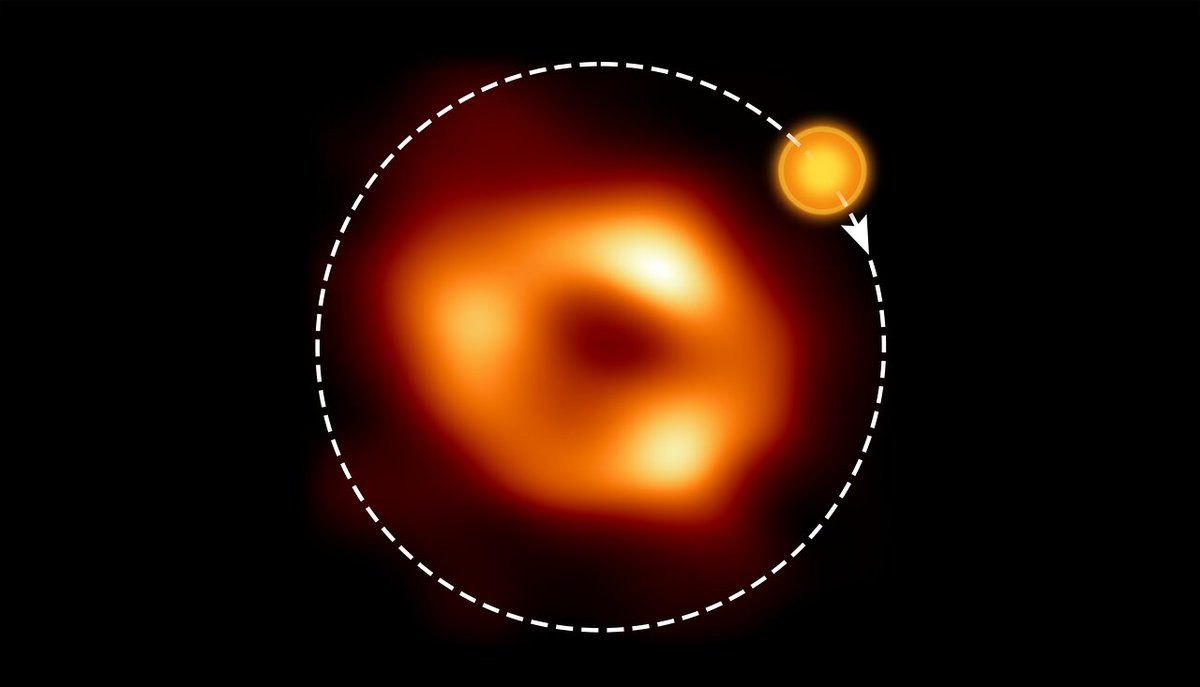
 2/ Clues about this bubble were hidden in ALMA data obtained in 2017 as part of observations with the Event Horizon Telescope.
2/ Clues about this bubble were hidden in ALMA data obtained in 2017 as part of observations with the Event Horizon Telescope.

 2/ We are actively involved in research to study the potential effects of new satellite constellations. Our studies found that telescopes such as our VLT and ELT will be “moderately affected” by these satellites. (3% of twilight observations) #ProtectDarkSkies
2/ We are actively involved in research to study the potential effects of new satellite constellations. Our studies found that telescopes such as our VLT and ELT will be “moderately affected” by these satellites. (3% of twilight observations) #ProtectDarkSkies

 “It is very exciting for ESO to have been playing such an important role in unravelling the mysteries of black holes, and of Sgr A* in particular, over so many years,” commented ESO Director General @xbarcons 👇
“It is very exciting for ESO to have been playing such an important role in unravelling the mysteries of black holes, and of Sgr A* in particular, over so many years,” commented ESO Director General @xbarcons 👇
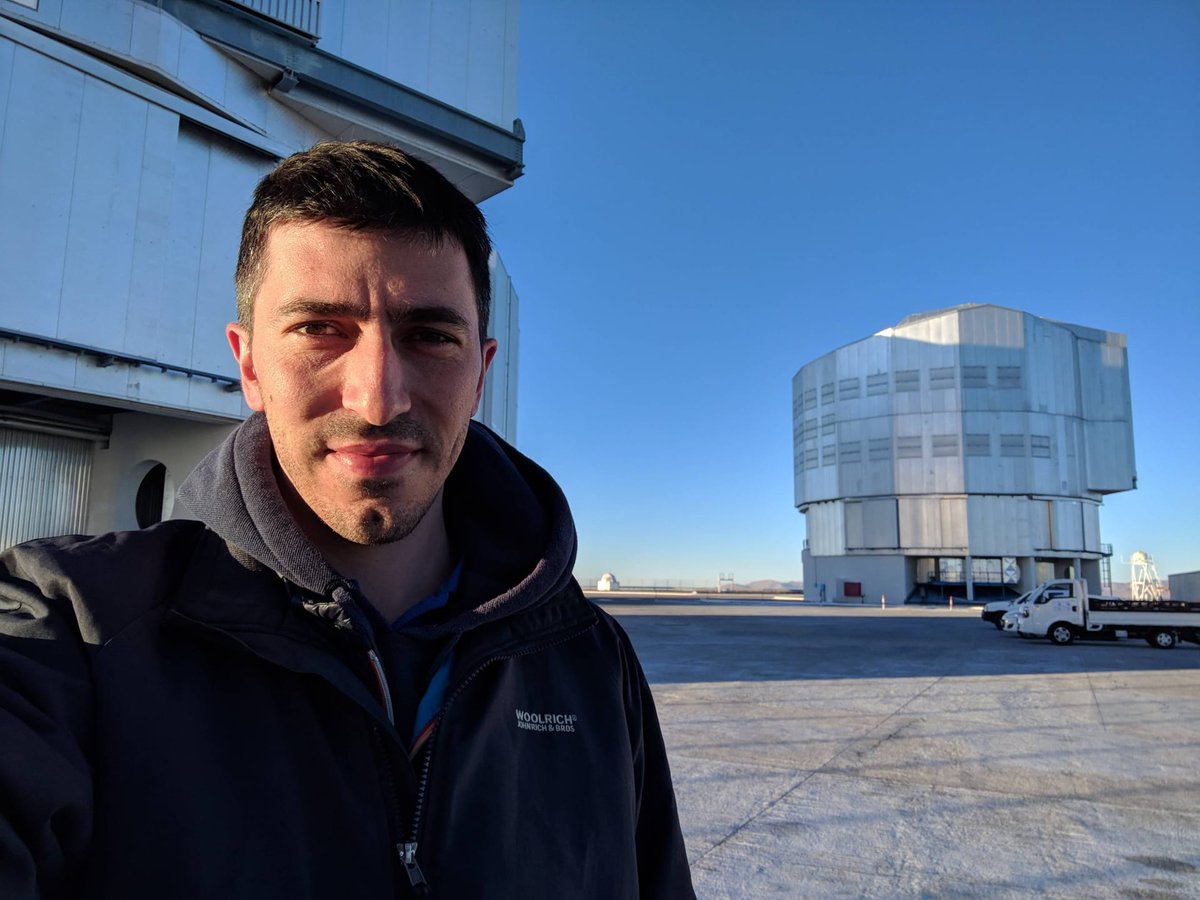
 @cfmanara @ERC_Research 2/ His project uses VLT instruments like X-Shooter, ESPRESSO, UVES, CRIRES+, SPHERE & MUSE as well as @almaobs The goal is to study the signatures that planets and winds leave on discs, pushing current studies to distant and massive star-forming regions and preparing for the ELT
@cfmanara @ERC_Research 2/ His project uses VLT instruments like X-Shooter, ESPRESSO, UVES, CRIRES+, SPHERE & MUSE as well as @almaobs The goal is to study the signatures that planets and winds leave on discs, pushing current studies to distant and massive star-forming regions and preparing for the ELT

 @GhostPanther @MichaelMarsset 2/ Michaël is an expert on asteroids, having used our VLT to study their shapes and formation history. In 2020 he was a postdoc at @MIT and when the movie team reached out looking for a "double" for that scene, he didn't think twice.
@GhostPanther @MichaelMarsset 2/ Michaël is an expert on asteroids, having used our VLT to study their shapes and formation history. In 2020 he was a postdoc at @MIT and when the movie team reached out looking for a "double" for that scene, he didn't think twice.

 2/ The disc in question, called a circumplanetary disc, surrounds the exoplanet PDS 70c, one of two giant, Jupiter-like planets orbiting a star nearly 400 light-years away.
2/ The disc in question, called a circumplanetary disc, surrounds the exoplanet PDS 70c, one of two giant, Jupiter-like planets orbiting a star nearly 400 light-years away.
 2/20 The 4th Unit Telescope of ESO’s VLT is known as UT4 or Yepun, meaning Venus or evening star in Mapudungun, an indigenous language of Chile. It has a main mirror 8.2 metres in diameter and weighs around 430 tonnes.
2/20 The 4th Unit Telescope of ESO’s VLT is known as UT4 or Yepun, meaning Venus or evening star in Mapudungun, an indigenous language of Chile. It has a main mirror 8.2 metres in diameter and weighs around 430 tonnes. 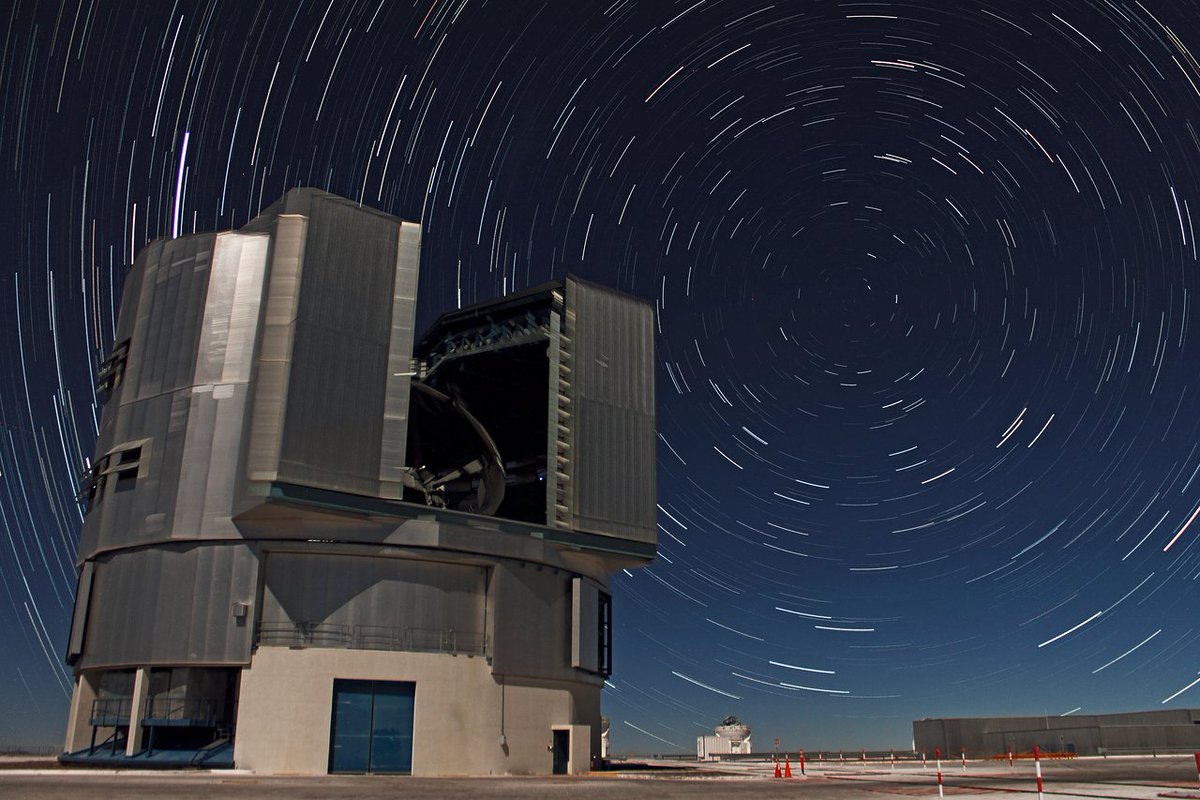
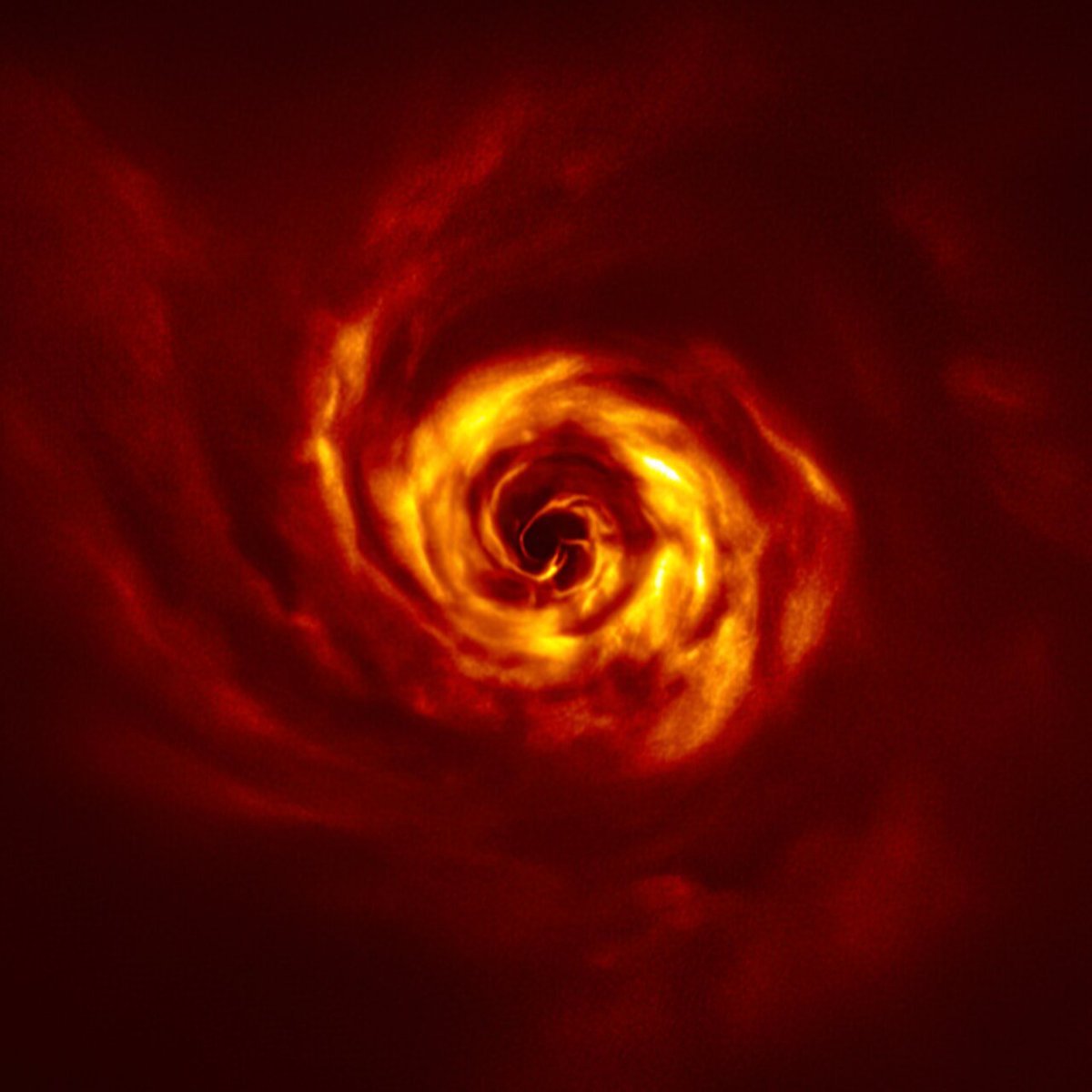
 2/4 The young system, AB Aurigae, lies only 520 light-years away from Earth in the Auriga constellation.
2/4 The young system, AB Aurigae, lies only 520 light-years away from Earth in the Auriga constellation.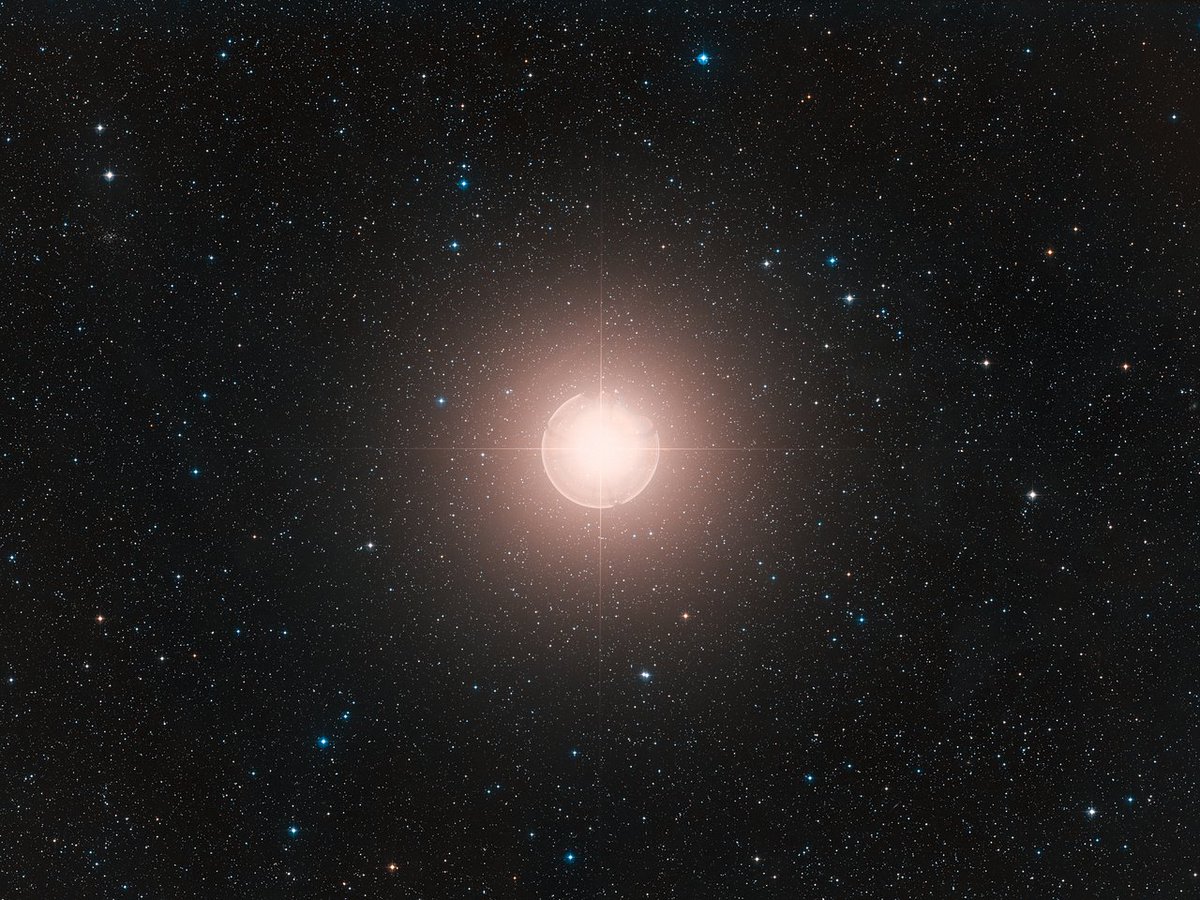
 2/10 Normally one of the brightest stars in the sky, it’s now fainter than ever before in recorded history.
2/10 Normally one of the brightest stars in the sky, it’s now fainter than ever before in recorded history.
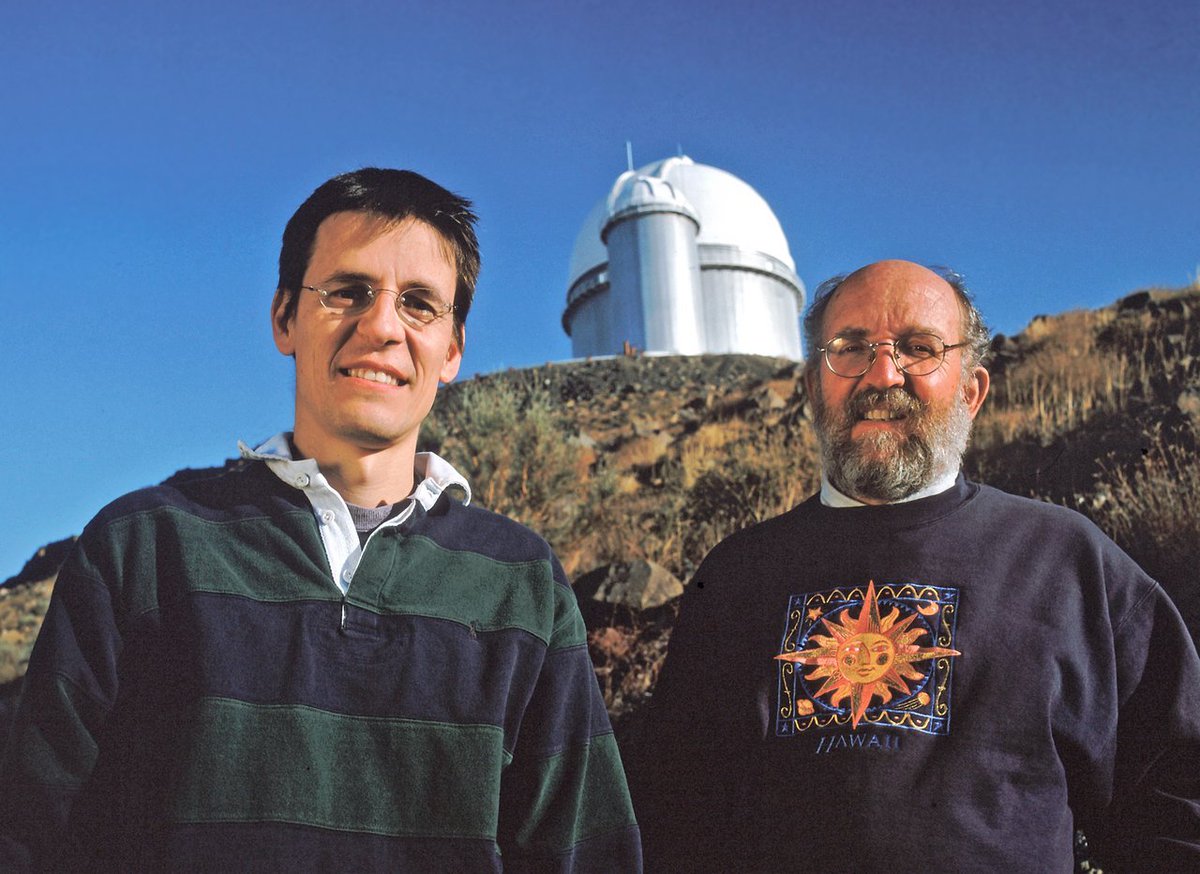
 2/ The discovery of exoplanet #51Pegasib was announced on 6 October 1995 by Mayor and Queloz, who detected it using the ELODIE spectrograph at the Observatoire de Haute-Provence in France.
2/ The discovery of exoplanet #51Pegasib was announced on 6 October 1995 by Mayor and Queloz, who detected it using the ELODIE spectrograph at the Observatoire de Haute-Provence in France.
